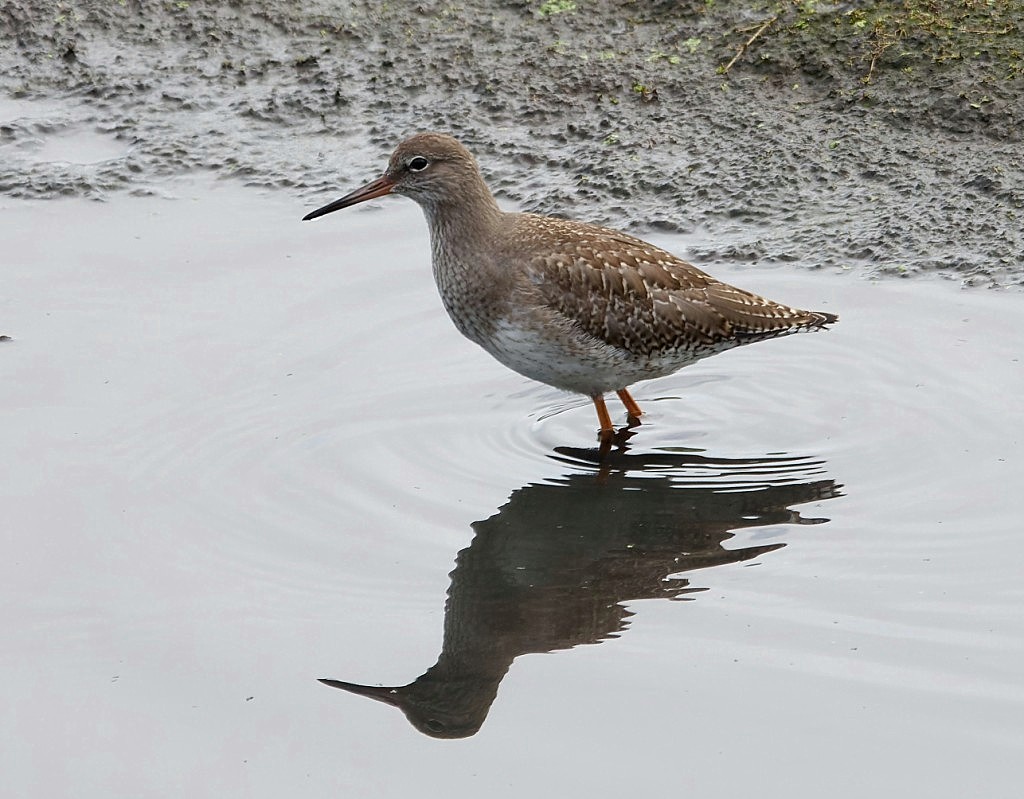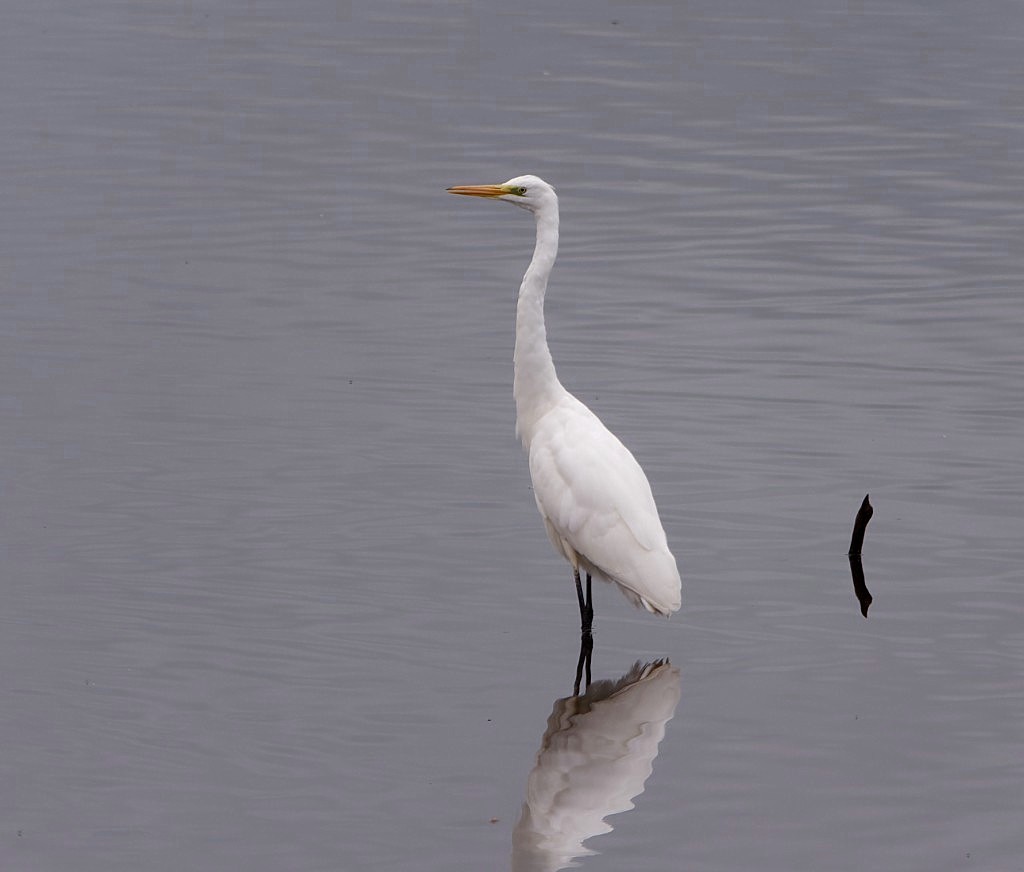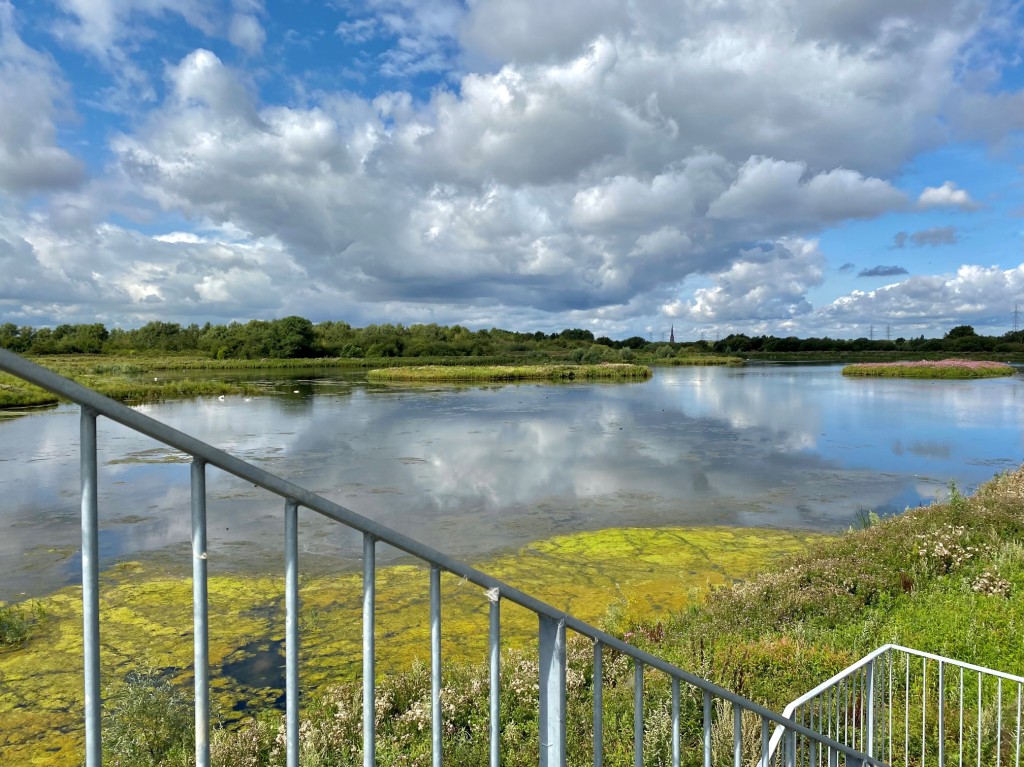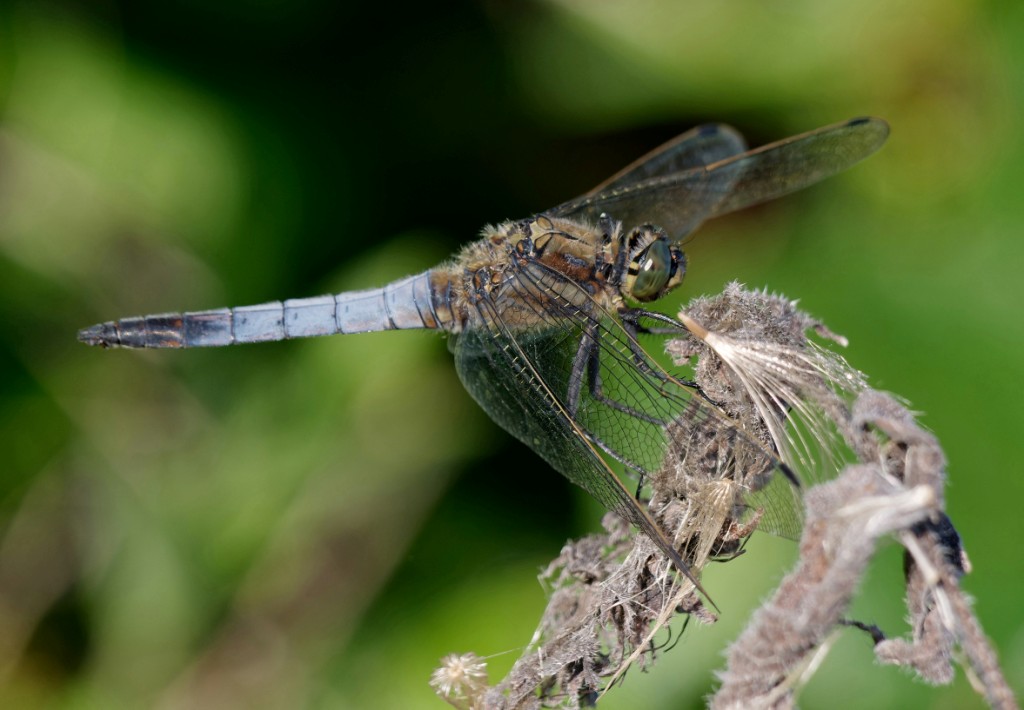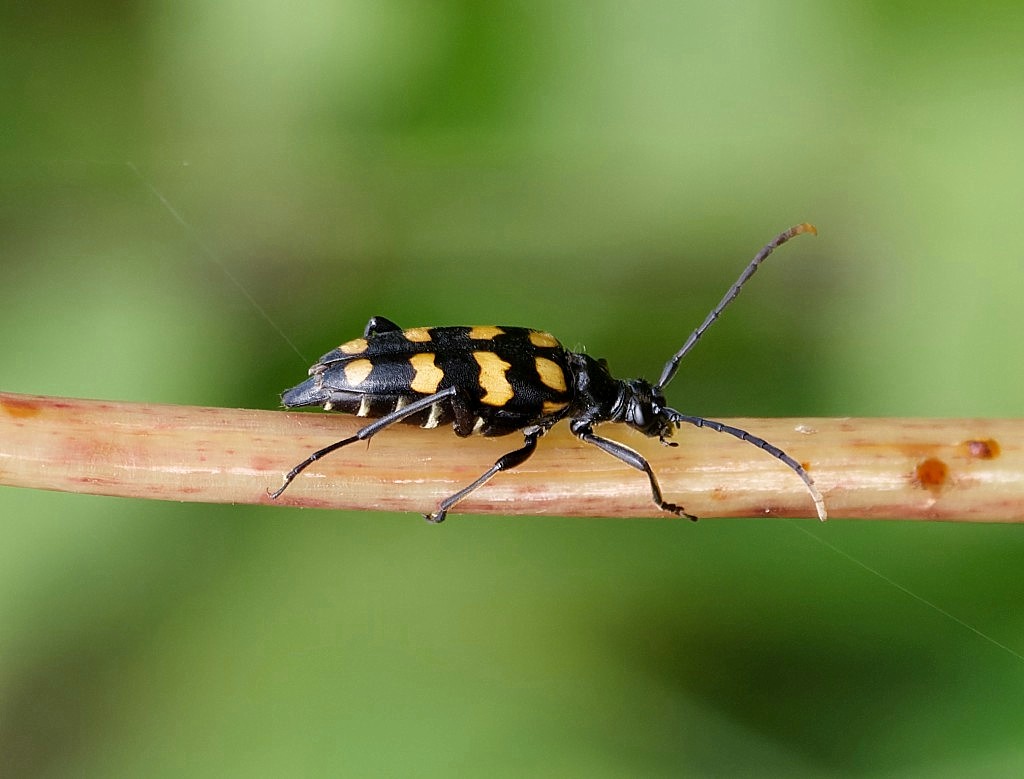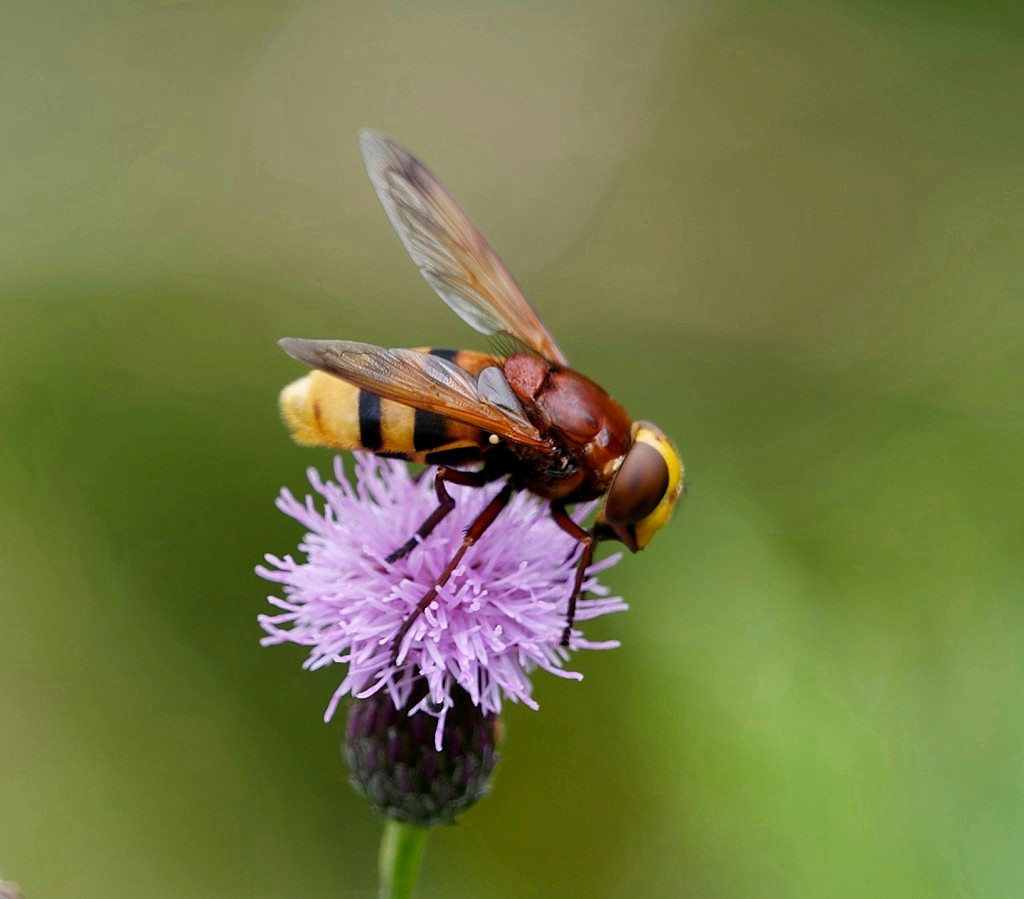Woolston Eyes Monthly Sightings
2023-08-26
After heavy overnight rain and intermittent showers, it felt pretty autumnal this morning. The day soon warmed though and we were able to accrue some excellent sightings over the morning, covering all of the Reserve bar No.2 bed. Bird highlights included: 1 Great White Egret, 2 Little Egrets, 2 Mandarins, 3 Garganey, 2 Black-necked Grebes, 1 juvenile Hobby, 1 Redshank, 1 Common Sandpiper, 6 Green Sandpipers, 1 Yellow Wagtail, 12 Swifts, 1 Snipe, 2 Siskins, 1 Lesser Redpoll, 25 Swallows, 15 House Martins and 10 House Martins. There were also warblers aplenty, with the No.3 bed ringing team trapping a Lesser Whitethroat among the commoner warblers, along with 3 Water Rails. With the sun out, we decided to do a dragonfly survey of No.1 bed and finished with totals of: 1 Emperor, 4 Migrant Hawkers, 3 Southern Hawkers, 19 Ruddy Darters, 51 Common Darters, 1 Common Blue Damselfly and 1 Blue-tailed Damselfly. Photo of a Redshank Cheers David Bowman (with Dan Owen, Sue Haddock and Brian Baird)
Submitted by: David Bowman
2023-08-24
After overnight rain it was overcast with a light north-westerly breeze this morning. Starting on No.3 bed it was nice to find a Great White Egret in front of the Morgan Hide, along with 3 Green Sandpipers, a Common Sandpiper and a Kingfisher. These large, Grey Heron-sized egrets were a rarity not too long ago but have slowly spread northwards from southern Europe as the climate has warmed. There are now maybe a dozen breeding pairs in the UK, with less than a hundred wintering and they remain a scarce visitor to the Reserve, mainly in autumn. It was also good to see one of the colour-ringed juvenile Marsh Harriers, which were raised on the Reserve, hunting over the bed. Then it was over to No.4 bed, where the species variety was excellent, with highlights of: 2 Garganey, 5 Black-necked Grebes, 1 Yellow Wagtail, 2 Peregrines, 1 Green Sandpiper, 1 Oystercatcher, 3 Snipe, 3 Swifts, 2 House Martins, 16 House Martins, 1 Kingfisher and 200 Goldfinches. Photo of the Great White Egret Cheers David Bowman (with Dan Owen)
Submitted by: David Bowman
2023-08-20
Yesterday was our first visible migration session of the year. Conditions looked decent as we settled onto the No.4 bed viewing platform, with a warm but blustery southerly wind and rain tracking to the north of us over Winter Hill. Hirundines and Swifts were moving from the start and we gradually accrued counts of 67 Swifts, 102 Sand Martins, 40 House Martins and 11 Swallows, though few passerines were moving, with just 3 Meadow Pipits and a Grey Wagtail noted. Constant scanning during passage periods is often rewarded with something good and yesterday was no exception. A wader coming in from the east turned out to be a Ruff, an uncommon visitor to the Reserve, followed by 2 juvenile Black Terns. Although we always hope to see the odd adult Black Tern in spring, autumn juveniles are much scarcer for us. Other sightings of note included 2 Ravens, a Peregrine and out on the water, 2 Garganey and 5 Black-necked Grebes. We finished an excellent morning in No.3 bed, where a hawking Hobby and 11 more Swifts were the highlights. Photo of the view from the No.4 bed platform Cheers David Bowman (with Dan Owen)
Submitted by: David Bowman
2023-08-11
It felt like a real summer’s day yesterday. Clear skies, sunshine and a warm southerly breeze promised well, in terms of migratory movements, and I was hoping for either a few waders or a nice passage of hirundines or Swifts. In the event, it was relatively quiet and becoming muggier as the morning wore on. Highlights were: the first Tree Pipit of the season, three Yellow Wagtails and just a handful each of Swifts, Swallows and Sand Martins. Three Garganey were still present, along with six remaining Black-necked Grebes (2 adults and 4 juveniles). The good weather brought out a few dragonflies along the No.4 bed track, with: 3 Migrant Hawkers, 1 Southern Hawker, 2 Black-tailed Skimmers, 2 Ruddy Darters, 10 Common Darters, 4 Brown Hawkers and a few each of Blue-tailed and Common Blue Damselflies. Photo of a male Black-tailed Skimmer Cheers David Bowman
Submitted by: David Bowman
2023-08-08
Nice to have a sunny morning after so much rain, with a light north-westerly breeze and some spectacular skies. The morning started really well, with a Spotted Flycatcher hawking for insects near the No.3 bed footbridge. Spotted Flycatchers are in rapid decline in lowland areas, as there are now so few large flying insects for them to feed on. They are less than annual on the Reserve, so a nice sighting. Other notable counts included 3 Garganey, 4 Black-necked Grebes (an adult and 3 juveniles), 4 Green Sandpipers, 1 Redshank and 3 Siskins. After being thin on the ground recently, there were a few more dragonflies on the wing, with counts from No.4 bed of: 3 Migrant Hawkers, 1 Southern Hawker, 1 Ruddy Darter, 13 Common Darters plus scores of Damselflies. Photo of a long-horn beetle sp. Cheers David Bowman
Submitted by: David Bowman
2023-08-01
July turned out to be a remarkable month for butterflies at Woolston.. The highlight has to be the discovery of Essex Skipper and there were also record totals of Comma and possibly Red Admiral. Two fritillaries were reported on No.1 bed, presumed to be Dark Green. Many other species were present in excellent numbers. Totals were as follows; 2 Large Skipper, 23 Small Skipper, c.8 Essex Skipper, 105 Large White, 111 Small White, 105 Green-veined White, 12/13 Purple Hairstreak, 2 Small Copper, 2 ?Dark-green Fritillary, 8 Common Blue, 4 Holly Blue, 76 Red Admiral, 3 Painted Lady, 12 Small Tortoiseshell, 78 Peacock, 83 Comma, 55 Speckled Wood, 387 Gatekeeper, 94 Meadow Brown, and 14-18 Ringlet.
Submitted by: Dave Hackett
2023-08-01
It’s that time of year when large numbers of juvenile Lesser Black-backed Gulls, which have fledged from the nearby breeding colony, arrive on No.3 bed along with smaller numbers of adults. This morning there were nearly a hundred juveniles and a score of adults. With so many large, predatory gulls present there were bound to be casualties among our breeding water-birds. This time it was a juvenile Water Rail, which was snatched from the Morgan Hide scrape by an adult gull and subsequently torn apart and fed to two juveniles. It’s nature in action but still a tough watch. Otherwise, totals from Nos.3 and 4 beds included 1 Greenshank, 2 Garganey, 8 Green Sandpipers, 4 Black-tailed Godwits and an adult female Marsh Harrier, almost certainly our breeding female which successfully raised two young. Thirty Swifts were over No.4 bed, with another seven moving south over No.3 bed and it won’t be long till we bid them adieu for another year. Photo of a Hornet Hoverfly Cheers David Bowman
Submitted by: David Bowman

